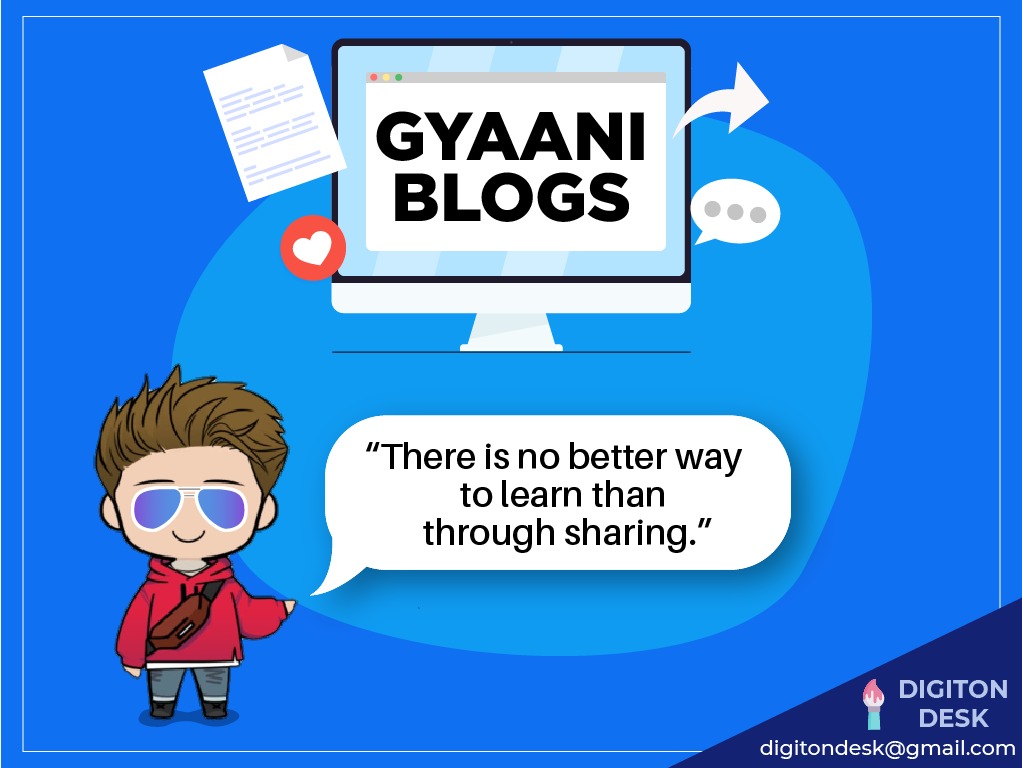4 Likes
How I scored 333 in GRE
Last updated on Feb. 24, 2021, 2:45 p.m. by ved

General Info
GRE (Graduate Record Examination) is a test, conducted by ETS, to be given to applying for higher education outside India. It is required while applying for higher education in many fields such as computer engineering, mechanical, etc. The cost of the GRE is around 14,000 Rs so be sure to study well before the exam. The computer-based (which I gave) GRE is composed of 3 sections, AWA (Analytical writing), Verbal and Quantitative. The AWA section has 6.0 marks, the Verbal section 170 marks and the Quantitative section also has 170 marks. Don't worry though, the actual verbal and quantitative sections are only 40 marks each. You get 260 marks (130 marks each section) by default (that is even if you don't solve a single question).
Material and Timetable.
I started my preparation in October 2019. I would say a good preparation time is 2-3 months, spending a couple of hours daily to study. Your timetable could differ based on your college timings or other activities you might have.
I began by learning the words and build my vocabulary. GRE's verbal section requires a big vocabulary of words that we don't normally use. I used the Magoosh Flashcards app on play-store. It has all the words that we generally need for GRE and has a good interface to learn them. Additionally, I used to write the particularly difficult words in a notebook and revise them whenever I could. It's also helpful to learn the words in groups of similar meanings.
The material to solve questions for verbal and quant is available online. Try sticking to the official material as much as you can since that is the material most similar to the actual exam. ETS, Princeton and Manhattan have good resources for solving questions. There are also several free mock-tests available online to help practice. 2 free mock tests called PowerPrep are given by ETS. These are the most accurate tests and the final score, in my experience, varies by only a couple of points from these tests. So what I did was take one of them at the beginning and the 2nd one right before the actual exam to track my progress. You can plan the rest of the tests according to your own convenience, but note that they vary in difficulty from the actual exam.
These tests will give you an idea about which sections you are weak in and where you should spend more time studying. I took the first ETS mock test and planned my schedule accordingly so that I focussed more on the sections I was weak in. In my experience, Verbal was tougher than quant for me and I spent a lot more time, solving problems of the verbal section (specifically the reading comprehension part) than the quantitative section. I spent the last week before the exam on the AWA section and read as many sample essays as I could. You should read about each section carefully and decide how much time to spend on each section.
Structure of Exam
The actual exam duration is 3-4 hours and there are a total of 6 parts in the exam. The first section is always the AWA section. The 40 marks verbal and quant sections are divided into 2, 20-mark sections.The verbal sections are 30 mins and the Quant sections are 35 mins each. An additional section (either verbal or quant) called the 'experimental' section is also added. The scores of this section are not counted in the final marks. However, you won't know which section is the experimental one and so you should give every section as if it is the real one. Thus the structure of the GRE is as follows
AWA (1 hour) followed by either VQVQV (2 hrs 40 mins), or QVQVQ (2 hrs 45 mins). There is a 10-minute break after the 3rd section during which you can drink water or eat something, or go to the washroom. As you can see there is one extra section of either verbal or quant which is the experimental section. I got the verbal section as extra and my pattern was VQVQV. Each section has 60-sec break in between. I chose not to take the 10 mins break as I didn't feel thirsty and just wanted to finish the exam asap. Note that you are free to move in between the questions of some section. You can go back and front and choose which questions to answer first, within that section.
The scoring is also Adaptive. This basically means, that if you score good marks in the first verbal section (say 15/20), then the difficulty in the next verbal section will be much higher. Say you score (10/20) in that one. Similarly, if someone scores less in the first section (say 10/20) then the next verbal section will have easier questions. Say they score (15/20) in this one. Then even though both the scores add up to 25/40, the person who had the harder 2nd section will get a bonus of 2-3 marks while the other person will get a penalty of 2-3 marks. For example, my score in verbal is 31/40. I scored 16 in the first section and so got a more difficult 2nd verbal section where I scored 15/20. Thus I got a bonus of 2 marks and my actual printed score is 33 / 40 i.e 163/170 (since 130 are default marks).
- AWA Section
The first section that you encounter is the AWA writing section. It consists of 2 essays: The Issue easy and the Argument essay. 30 mins are given for each essay (1 hour total) with a 60 seconds break in between. The issue essay gives a topic and asks for your opinion on that essay. Similarly, the argument essay presents a topic and some conclusion is drawn about that topic by the author. Your job is to find the unstated, wrongly-made assumptions and present them in essay format. There is no set format or word limit for the essays. Each essay is given a score out of 6 and the final score for the AWA section is the average of the two. Generally, a score of 4.0+ is the accepted score for admissions (although it may vary from university to university). The essays are scored on the essay structure, grammar mistakes, and how on-point it is. The following links give some idea of the scoring
Sample Issue Essays of varying scores
Sample Argument Essays of varying scores
Here are some sample essay topics as well
- Verbal Section
The verbal section has 20 questions with 30 mins. It has 3 types of questions. Reading comprehension (RC) is the familiar type where essays are given of varying lengths and questions are asked based on them. Out of 20, 10 questions are based on RC. This for me was the most difficult section of Verbal. Text completion (TC) is the fill-in-the-blanks type question where there could be 1, 2, or 3 blanks in the sentence. Lastly the easiest type of question according to me, Sentence Equivalence (SE), has a blank in the sentence and 6 options. The goal is to choose 2 words from the options, that if used in place of the blank, don't change the meaning of the sentence. This boils down to selecting the appropriate pair of synonyms. I first solved all the SE questions by moving between the questions. After that, I moved on to solve the TC questions. I kept the RC question at the last because they were comparatively difficult for me.
- Quantitative section
The quant section has 20 questions with 35 mins. It has different types of questions such as comparison, calculating value, and graph-based. I found the quant section very easy as the level of questions was only till class 10. It covered the basic topics of algebra, arithmetic, bar graphs, geometry, and rarely trigonometry. I did not toggle between the questions and just answered them as they came.
After exam
Immediately after the exam, you get the option to either report the scores or not report them. Not reporting them would lead to the scores being discarded so be careful while selecting. You also get the option to send the scores to 4 universities of your choice, free of cost. This is a useful option as the cost to send the scores while applying to universities, later on, is quite expensive (around 1500 rs). So be prepared and do a little research about which universities you might want to apply to. I didn't do this and wasted 2 of my options. Finally, you get the Verbal and Quant scores immediately on the screen. You receive your AWA, along with Quant + Verbal, scores in your ETS account around 10-12 days later. That's it from me. I got a score of 333/340 (170 Q, 163 V) and 4.0 in AWA. I hope this info helps you give the exam and get good scores!
Here's the ETS website where you can make an account and get additional information.
4 Likes

Suggested Posts



